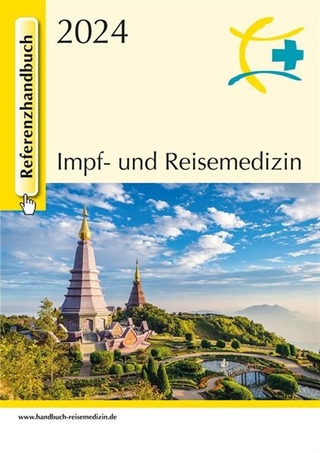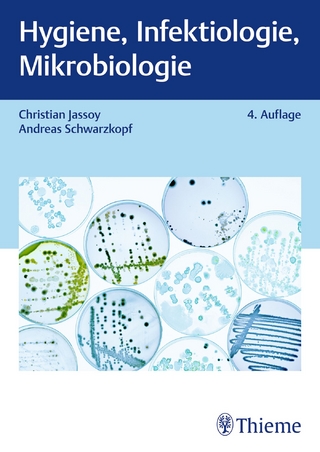
Transforming Proteins of DNA Tumor Viruses
Springer Berlin (Verlag)
978-3-642-74580-5 (ISBN)
Rolf Knippers hat von 1955-62 Medizin studiert und sich danach der Molekularbiologie zugewandt. Nach Lehrjahren am Max-Planck-Institut für Medizinische Forschung, Heidelberg, hat er mehrere Jahre lang am renommierten California Institute of Technology, Pasadena, gearbeitet. Seit 1973 bis zu seiner Emeritierung im Jahre 2004 war Rolf Knippers Professor für Molekulare Genetik an der Universität Konstanz. Er hat in zahlreichen nationalen und internationalen Wissenschaftsgremien und Beiräten mitgewirkt und wurde zum Mitglied der Europäischen Molekularbiologie-Organisation (EMBO) gewählt.
I: The Transforming Protein of Simian Virus 40: Large T antigen and Its Interactions with the Cellular Protein p53.- Structure and Function of SV40 Large T Antigen: Communication Between Functional Domains.- A Genetic Analysis of the Zinc Finger of SV40 Large T Antigen.- Effects of Amino Acid Phosphorylation on the DNA Binding Properties of Large T Antigen.- SV40 T Antigen Catalyzed Duplex DNA Unwinding.- Control of Transcription In Vitro from Simian Virus 40 Promoters by Proteins from Viral Minichromosomes.- Dissection of the T Antigen/mouse p53 Complex and Its Inhibitory Effects on Viral Origin-Directed DNA Replication In Vivo and In Vitro.- Interactions Between SV40 and Cellular Oncogenes in the Transformation of Primary Rat Cells.- Metabolic Stabilization of p53 in SV40 Transformed Cells Correlates with Expression of the Transformed Phenotype but is Independent from Complex Formation with SV40 Large T Antigen.- SV40 Large T Antigen Induces a Protein Kinase Responsible for Phosphorylation of the Cellular Protein p53.- Evidence for Threshold Effects in Transformation of Pancreatic ß-Cells by SV40 T Antigen in Transgenic Mice.- The Biological Activity of Early SV40 Antisense RNA and DNA Molecules.- II: Polyomavirus Middle T Antigen.- Mechanism of Activation of Complexed pp60src by the Middle T Antigen of Polyomavirus.- Further characterisation of the Complex Containing Middle T Antigen and pp60src.- The Mutagenic and Immortalizing Potential of Polyomavirus Large T Antigen.- III: Transforming Functions of Papillomaviruses.- Structure, Activity, and Regulation of the Bovine Papillomavirus E5 Gene and Its Transforming Protein Product.- Functional and Sequence Similarities Between HPV-16 E7 and Adenovirus E1A.- Two Independently Transforming Functions of HumanPapillomavirus 8.- Human Papillomavirus Early Gene Products and Maintenance of Cervical Cancer Cells In Vitro.- IV: Transformation by Adenoviruses.- Adenovirus Terminal Protein Mediates Efficient and Timely Activation of Viral Transcription.- Transcriptional Activation of Adenoviral Early Genes.- Suppression of Cellular Gene Activity in Adenovirus-Transformed Cells.- Recombination Between Adenovirus DNA and the Mammalian Genome.- V: Herpesviruses: The Cellular and Molecular Biology of Epstein-Barr Virus.- Epstein-Barr Virus DNA Replication.- Characterization of the BNLF-1 Oncogene of Epstein-Barr Virus.- Genes for Synthesis of Deoxythymidylate Monophosphate in T-Cell Lymphoma-Inducing Herpesviruses of Nonhuman Primates.- VI: Hepatitis B Virus and Liver Cancer.- Analysis of Hepatitis-B Virus Gene Functions in Tissue Culture and In Vivo.- Transactivation by Hepatitis B Virus may Contribute to Hepatocarcinogenesis.
| Erscheint lt. Verlag | 16.12.2011 |
|---|---|
| Reihe/Serie | Current Topics in Microbiology and Immunology |
| Zusatzinfo | XIV, 284 p. |
| Verlagsort | Berlin |
| Sprache | englisch |
| Maße | 170 x 242 mm |
| Gewicht | 523 g |
| Themenwelt | Medizin / Pharmazie ► Medizinische Fachgebiete ► Mikrobiologie / Infektologie / Reisemedizin |
| Medizin / Pharmazie ► Medizinische Fachgebiete ► Onkologie | |
| Naturwissenschaften ► Biologie ► Mikrobiologie / Immunologie | |
| Schlagworte | Antigen • Cancer • DNA • Gene • Hepatitis • Hepatitis B • Liver • Molecular Biology • Protein • proteins • RNA • Tumor • Tumorigenesis • Virology • Virus |
| ISBN-10 | 3-642-74580-6 / 3642745806 |
| ISBN-13 | 978-3-642-74580-5 / 9783642745805 |
| Zustand | Neuware |
| Haben Sie eine Frage zum Produkt? |
aus dem Bereich


